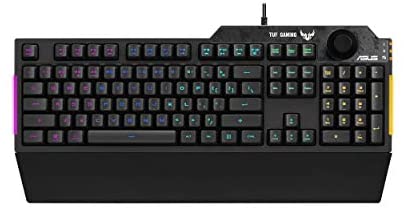In Japanese, the word omakase translates as ‘I leave it up to you’. In dining, therefore, an omakase meal is one consisting of dishes selected by the chef.
Considered a premium dining experience, omakase has contributed to the inspiration behind Israeli cultivated meat company Steakholder Foods’ (formerly MeaTech 3D) new product: Omakase Beef Morsels.
The ‘holy grail’ of meat
Steakholder Foods was established in 2019. Since then, the company has acquired cultured fat business Peace of Meat and floated on the Nasdaq Stock Market. Steakholder was the first – and remains the only – Nasdaq listed cell-based company.
The business is growing its capabilities in a variety of animal breeds – both as raw materials and whole cuts – via in-house R&D and partnerships.
In acquiring Belgium-based Peace of Meat, Steakholder onboarded expertise in cultivated chicken fat production, and a recent tie-up with Umami Meats in Singapore is focusing on cultivated seafood. The company is working on cultured pork products with a new line of iPS porcine cells.
But it is beef, the meat Steakholder first started working on back in 2019, that is the focus of its latest innovation. The company perceives steak to be the ‘holy grail of meat.
Inspired by Wagyu
Steakholder’s Omakase Beef Morsels are developed using its proprietary 3D bioprinting technology.
The company claims this platform can print whole cuts of meat with pinpoint precision at an industrial scale to create ‘any’ desirable ratio of muscle tissue and fat marbling, without damaging cell viability. Late last year, Steakholder leveraged its bioprinter to print the ‘largest ever’ cultivated steak weighing 3.67 oz (104 g).
Its latest product – the Omakase Beef Morsels – come as a result of its recently filed patent for 3D-bioprinting technology that allows ‘unprecedented’ marbling control within a consolidated structure.
According to Steakholder, the bites are a ‘first-of-its-kind’ and ‘highly marbled’, inspired by the marbling standard of Wagyu beef. The new product is made up of multiple layers of muscle and fat tissue, which the company claims showcases the technology’s ‘unprecedented control and flexibility’.
Each layer is printed separately using two bio-inks: one for muscle and the other for fat. “The layers can be printed in a variety of muscle/fat sequences which effects the juiciness and marbling of the cut,” the company explained. “The product can be printed with any marbling ratio, shape or width.”
‘A major breakthrough’
Steakholder claims its technology can ‘even exceed’ the marbling precision reminiscence of the Wagyu beef standard. “It can also provide unprecedented product consistency at scale.”
CEO Arik Kaumfan described the product as a ‘major breakthrough’ for the company, as well as for the cultured meat sector.
“It is the result of a lot of hard work and our desire to attain the highest standard of meat possible through bioprinting and cell cultivations processes. It also marks a significant milestone in our quest to perfect the ‘holy grail’ of meat – steak.”
The CEO continued: “We see Omakase Beef Morsels as the intersection of food, technology and fine art. We want to inspire chefs around the world to create mouth watering culinary masterpieces and unforgettable dining experiences.”
Market strategy
Steakholder Foods plans to hold tasting events later this year, although specific dates have not yet been set.
When Omakase Beef Morsels will enter the market is also not yet known, but the company confirmed the plan is to commercialise the innovation once regulatory approval is achieved.
The first product Steakholder plans to introduce the market, however, is likely to be cultured chicken fat, a company spokesperson told FoodNavigator.
“Steakholder Foods will be opening a pilot plant in Europe this year to begin scaled up production of cultured fat, while also continuing to develop structured cuts of meat.”


